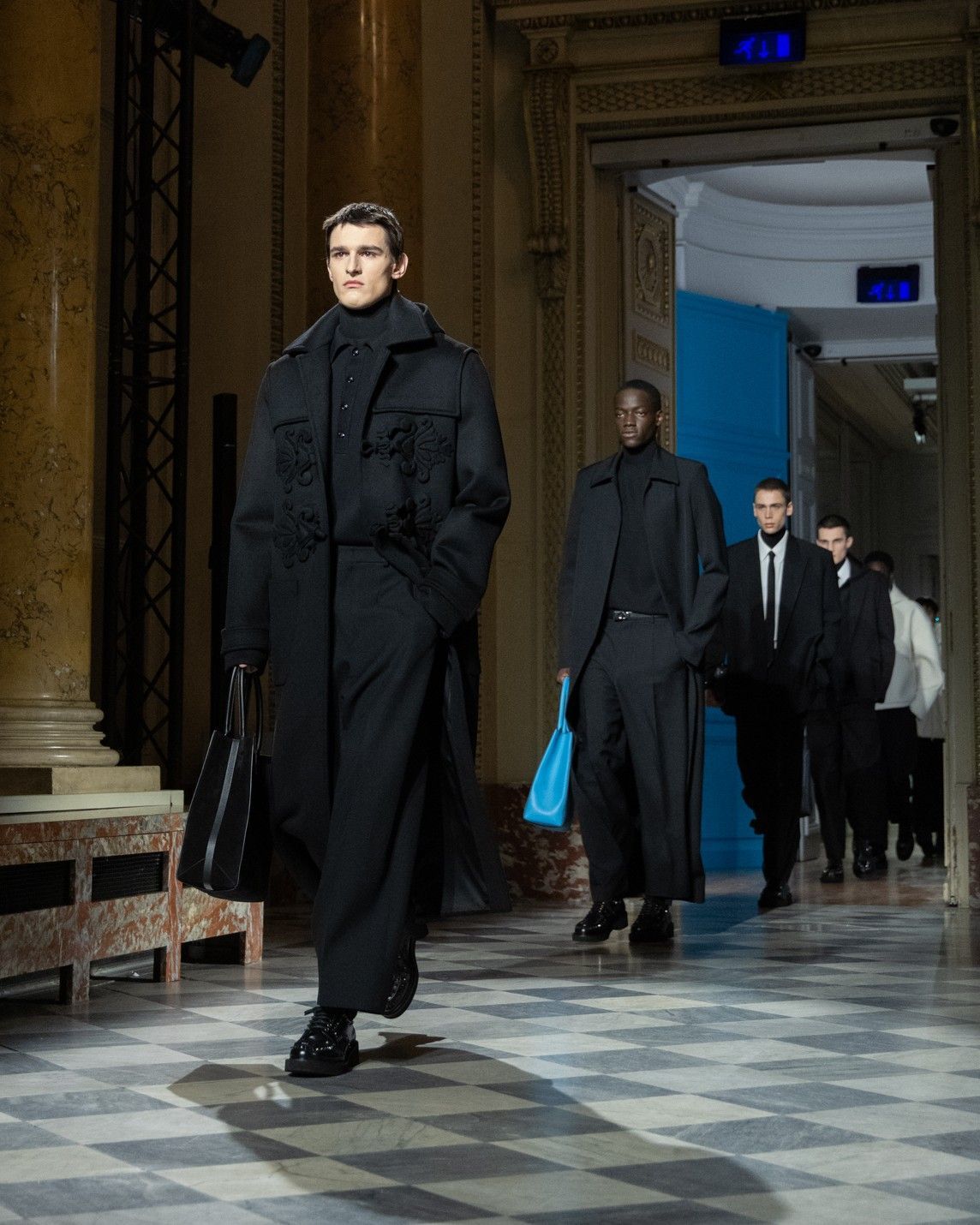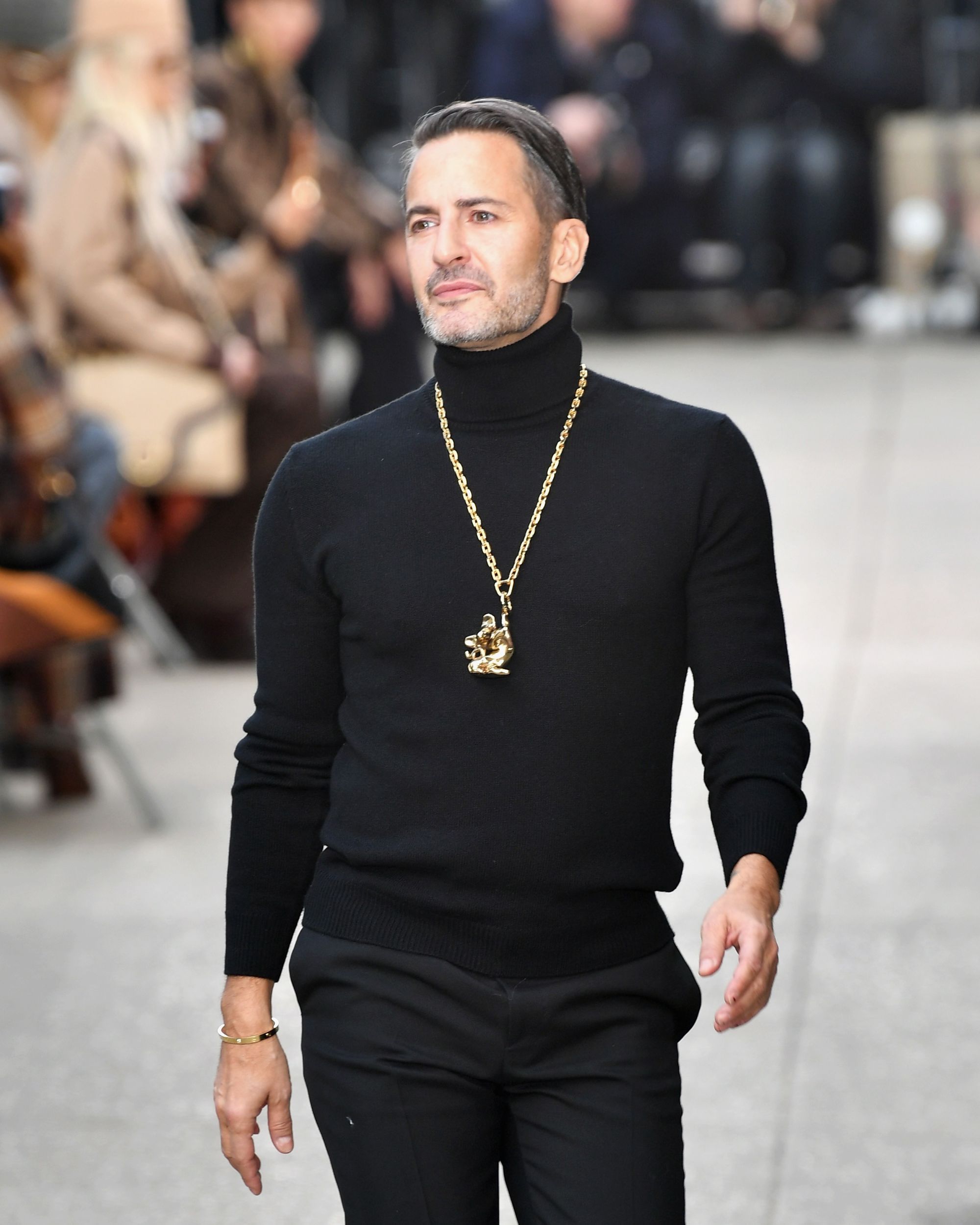
Luxury is losing the battle against fast fashion The “aspirational” segment is the new territory to be conquered
The expression “Follow the money” was coined in 1976 for the legendary docudrama All the President’s Men. Since then, it has remained somewhat the golden rule of any investigation worthy of the name: money flows, asset growth, the success of investments can be monitored through financial data. And in times when luxury fashion is, if not in crisis, at least in great difficulty while “mass fashion” (we use this term to distinguish fast fashion - Zara, H&M, and COS - from ultra-fast fashion like Shein and Temu) is exploring new investments and acquiring talents taken directly from the repertoire of the latter, it may be worth comparing who makes more money and at what speed. Both sectors are, in fact, dominated by two mega-groups, Inditex on one side and LVMH on the other, whose financial results for the first quarter of the year can offer a glimpse of the situation. The two mega-conglomerates have, in fact, reported remarkable but contrasting financial results for the first quarter of 2024, and by comparing their revenues, growth, and other financial metrics, we can better understand which of the two companies has performed better during the same period.
Inditex and LVMH compared
Inditex, parent company of Zara, Massimo Dutti, and Bershka, recorded very positive financial results for that period: total sales reached 7.6 billion euros, an increase of 13% compared to the previous year – growth driven by strong demand in all regions and categories, and in all sales channels. Inditex's net profit increased significantly, growing by 54% to 1.16 billion euros. Inditex's ability to adapt to consumer trends and successfully integrate digital innovation into retail has made the company a real powerhouse. On the other side of the spectrum is LVMH, the world leader in the luxury sector. In the same period, Arnault’s group recorded 20.7 billion euros in revenues, with a modest organic growth of 3% compared to the previous year but (and this is relevant), compared to the same quarter of 2023, total revenues actually decreased by 2%, due to slow sales in the Fashion & Leather Goods sector, which saw a 2% decline. A weaker performance partly attributable to more or less contiguous economic and geopolitical situations but demonstrating the slowdown of luxury market growth in Europe and China. Elsewhere, LVMH performed better. The Perfumes and Cosmetics division recorded organic growth of 7% while Sephora, under the Selective Retailing division, grew by 11%.
@lvmh @Dior presents the outfits worn by Céline Dion, Lady Gaga, Aya Nakamura, Axelle Saint-Cirel and Yseult at the Opening and Closing Ceremonies of the Olympic Games @paris2024 in the heart of La Galerie Dior until September 30. #LVMH #Dior #RoadToParis #Olympics #Paralympics #RoadToParis #GuideToParis #Exhibition #GalerieDior #Paris original sound - LVMH
But who performed better? In terms of revenues, LVMH remains significantly larger than Inditex, with over 20.7 billion euros in revenues compared to Inditex's 7.6 billion euros. But in terms of growth, Inditex clearly outperformed LVMH in the first quarter of 2024: a strong sales growth of 13%, against LVMH’s modest 3%. Inditex's net profit increase contrasts sharply with LVMH's more restrained performance. In short, although LVMH continues to dominate the luxury goods sector in terms of revenue (also considering a much larger portfolio), Inditex outperformed LVMH in growth and profitability in the first quarter of 2024. Thus, one could say, perhaps simplifying, that LVMH is bigger but Inditex is healthier: the fast fashion giants are ready to occupy a market segment that luxury has deliberately left behind due to repeated list price increases, that is aspirational customers.
Matters of perspective
Today we announce the appointment of Clare Waight Keller as Creative Director of UNIQLO. Continuing in her capacity as designer of the UNIQLO : C collection, Clare will now lead the UNIQLO main line collections starting with Fall/Winter 2024. #UNIQLO #LifeWear pic.twitter.com/GMYgtvfpnr
— Uniqlo Canada (@Uniqlo_Canada) September 3, 2024
Given that we are talking about aspirational customers, and therefore informed consumers who are not just looking for any product but also for a certain sense of cultural belonging, social distinction, and quality, the gap to fill concerns the perception of individual brands. But while luxury can only move toward higher and more rarefied clienteles, with every brand trying to become the next Hermès starting with bags; mass fashion, on the other hand, is free to enter the segment of those customers who want to distinguish themselves but have more limited financial means. The way to bridge this distance is precisely to modify perception: initially by employing talents like prominent photographers and models; then by collaborating with both big and independent fashion brands, and finally by calling in the participation of famous designers and talents associated with luxury. Stefano Pilati and Steven Meisel for Zara, for example; or Clare Waight Keller becoming Uniqlo’s creative director; Heron Preston working with H&M, with whom both Rokh and Rabanne and Mugler present collaborations; JW Anderson and Undercover with Uniqlo, Victoria Beckham with Mango, Peter Do with Banana Republic, Haider Ackermann with Fila, and even, more controversially, Shein X with Monse. With an additional notable element: if for decades these collaborations between luxury and mass fashion brands have existed as seasonal one-offs, in the case of Preston first and Waight Keller (but also Zac Posen with Gap and Old Navy) later, the collaboration becomes more continuous, a true creative direction. Not to mention how COS and Benetton have started to showcase, appointing creative directors and adopting operating modes typical of fashion brands.
If in the past these collaborations (which all have a famous and unfortunate precedent with Halston's 1983 partnership with JC Penney, and were revived when Karl Lagerfeld agreed to design for H&M in 2004, announced with a brilliant commercial starring Lagerfeld himself where everyone wondered «is it true?») represented isolated moments through which institutional brands like Maison Margiela or Versace briefly landed in the “outside world” of mass distribution, over time things have changed. Not only have these partnerships become permanent and continuous, but they have also ended up involving indie brands that presented themselves to a wider audience through mass fashion: such is the case of Studio Nicholson, a relatively niche brand that made itself known to the world after collaborating with Zara. But now the ambitions seem to have shifted: both Zara with Pilati and Uniqlo with Waight Keller have signaled that the mass fashion giants not only now have similar revenues (in 2023, LVMH’s fashion division recorded 42.2 billion in revenue, slightly higher than Inditex's approximately 36 billion; and, to clarify, the parent company of Uniqlo, Fast Retailing, and Kering had almost similar revenues that same year) but also the taste and dignity needed to engage designers and talents from the luxury world. And to this, patronage is also added: in Spain, there is a Marta Ortega Peréz Foundation dedicated to art exhibitions and cultural events, just as there is the Pinault Collection and the Fondation Louis Vuitton in Paris.
An obsolete hierarchy?
Not only do fast fashion brands knock off luxury clothes…. They use the same photographers and even the same models and stylists…. Really no way to tell the difference anymore… in some cases even if you touch the garment https://t.co/w6GtQcrVGH
— Rachel Tashjian Wise (@theprophetpizza) December 13, 2021
All these different signs seem to indicate that the elevation towards higher market segments will lead mass fashion giants, led by Inditex, to plant their flag in that middle market that fashion brands (but also premium brands) have now abandoned in search of increasingly higher margins, obtained with price markups that even the rich customers themselves have started to deem excessive. And for the rest of the consumers the old sense of hierarchy between brands is about to be lost. The traditional distinction between fast fashion and luxury consumers is narrowing, as many now switch effortlessly between one category and the other based on their needs, desires, and occasions. It hasn't helped that the fashion supply chain has been hit by several scandals revealing that in the production of several more commercial luxury goods there is nothing luxurious or exclusive, that brands have been skimping on quality for years, resorting to every conceivable trick to extract higher margins, and that the term Made in Italy (fortunately in only some cases) doesn't mean much when sweatshops and clandestine factories are located in Brianza and not in China. This mistrust has also grown in response to the unjustified price increases in some categories, which have so far exceeded the actual value of the items that many luxury customers, both aspirational and otherwise, have simply sought out other brands and producers capable of creating the same products without unjustified markups.
Although we do not know what the future holds, while remaining certain that the luxury industry should not sink, it is very telling that an initial group of fashion talents is migrating to sectors of the industry where the crisis and production pressures weigh less and where sales revenue flows more smoothly – also lending their prestige to large mass brands. The question, therefore, is not how much mass brands will be able to elevate themselves, but how luxury brands will come down from the fragile and dangerous peak on which they have climbed to maintain their growth standards without drastically downsizing them.















































